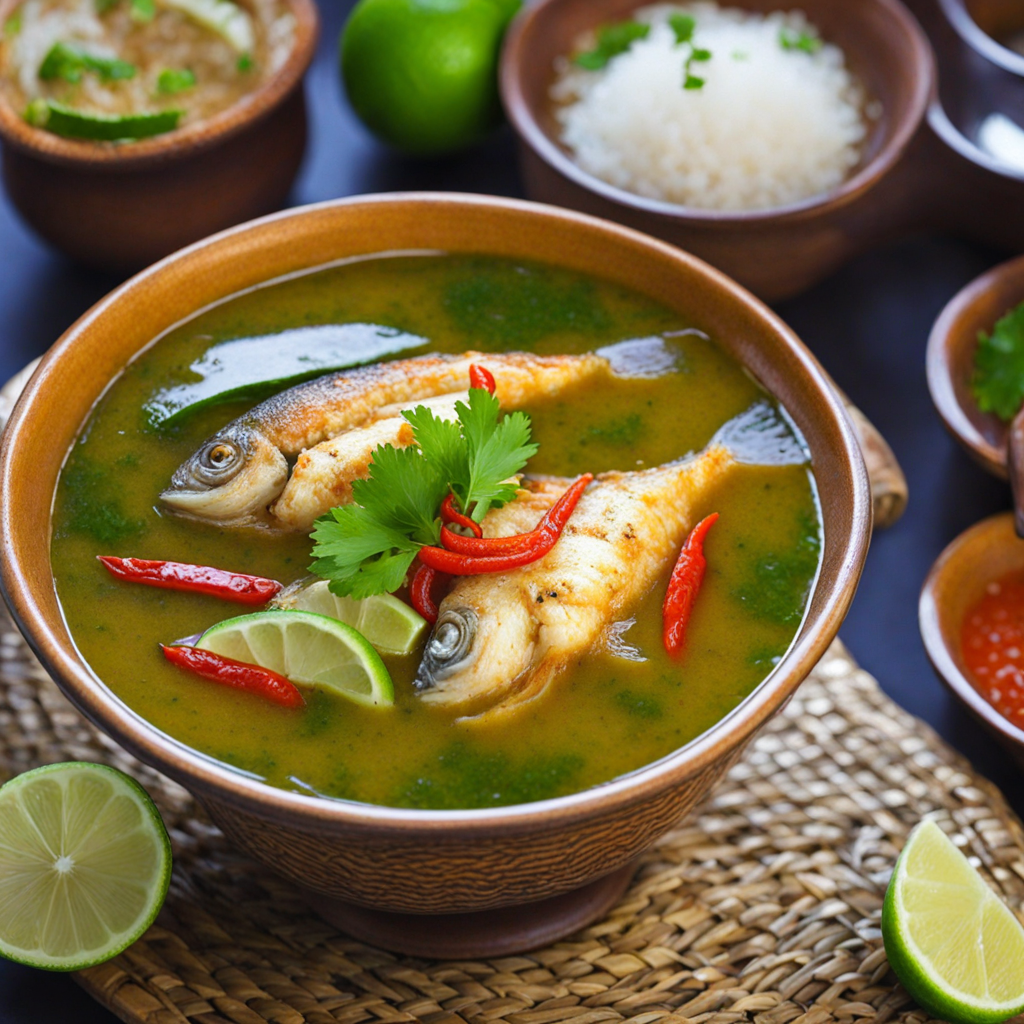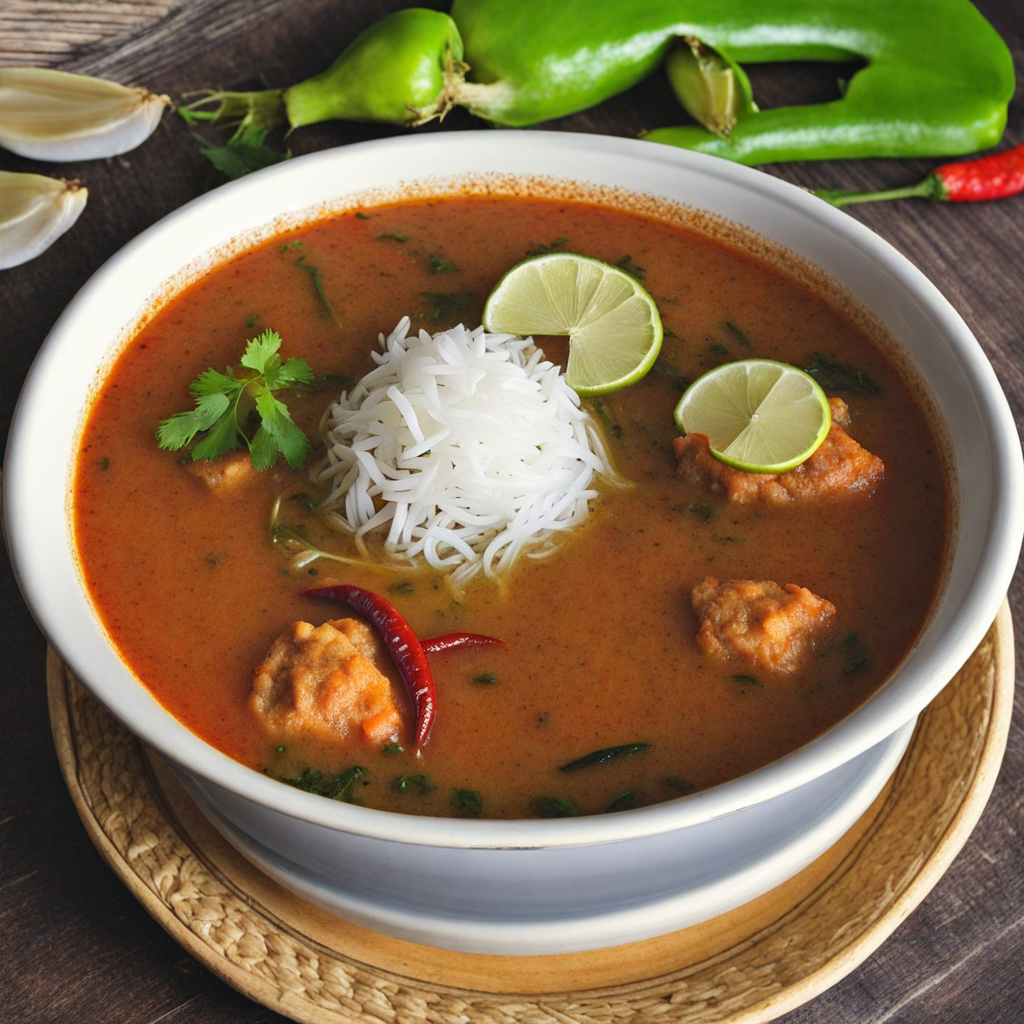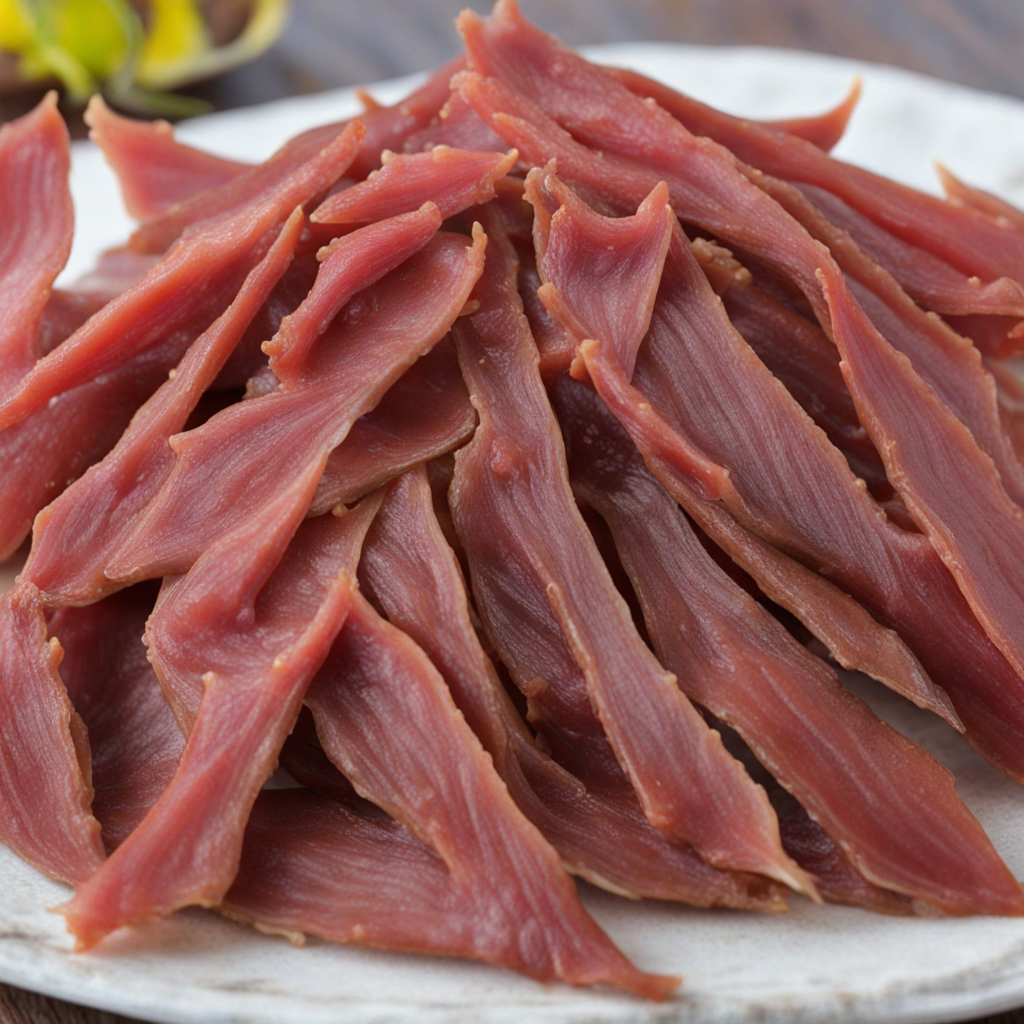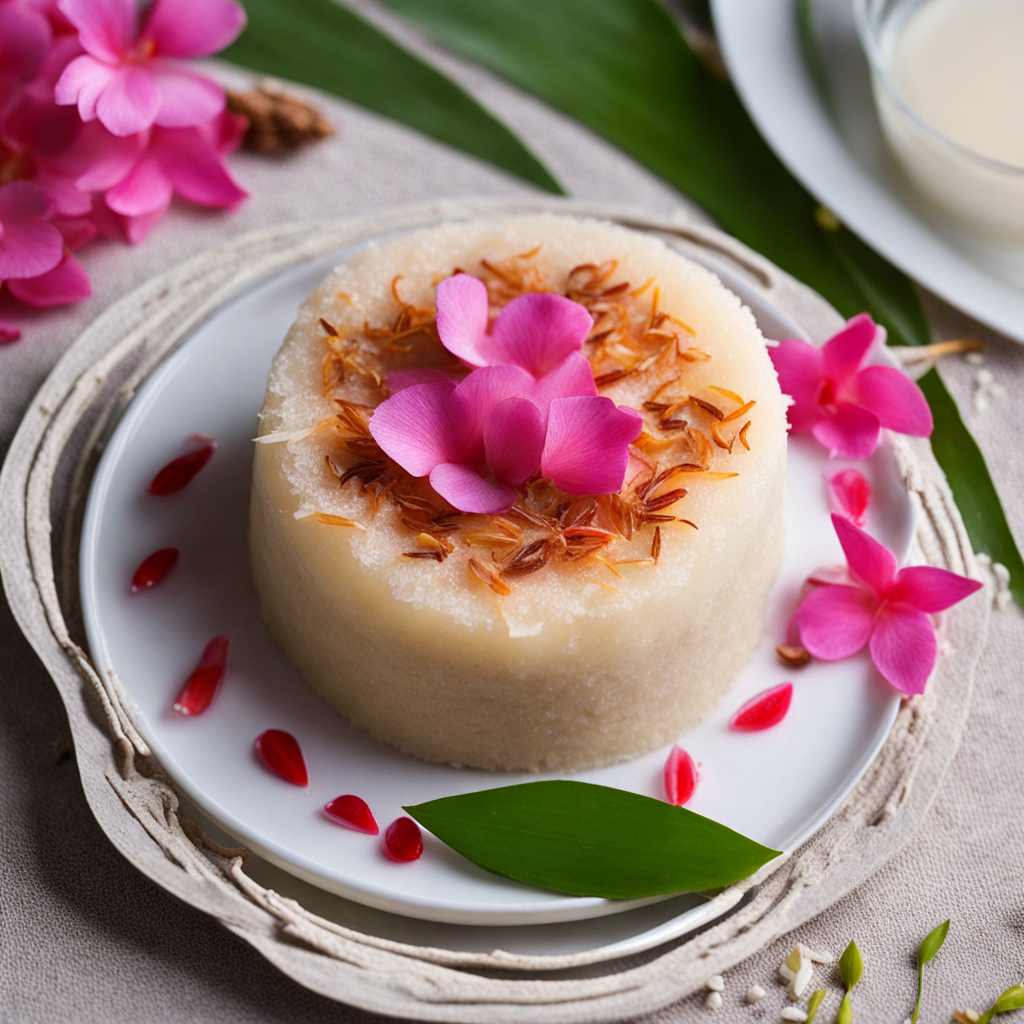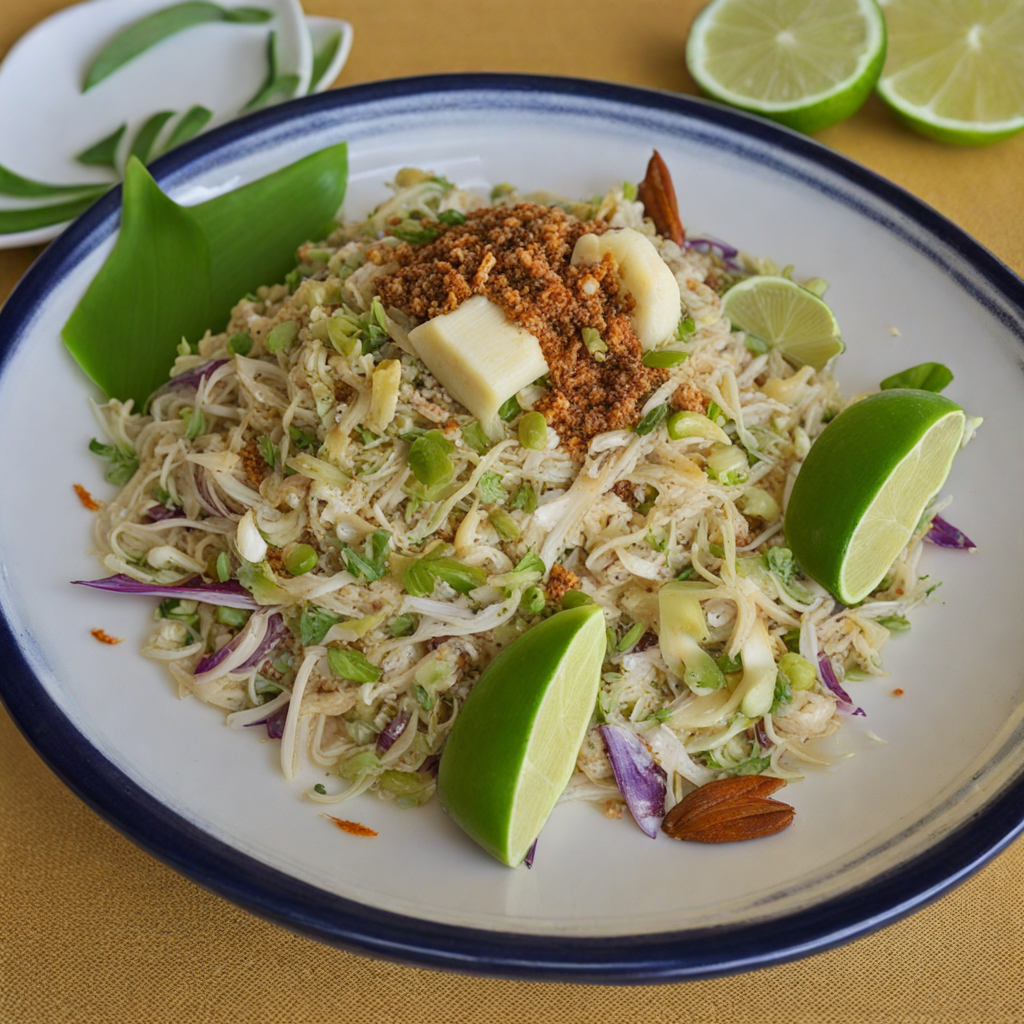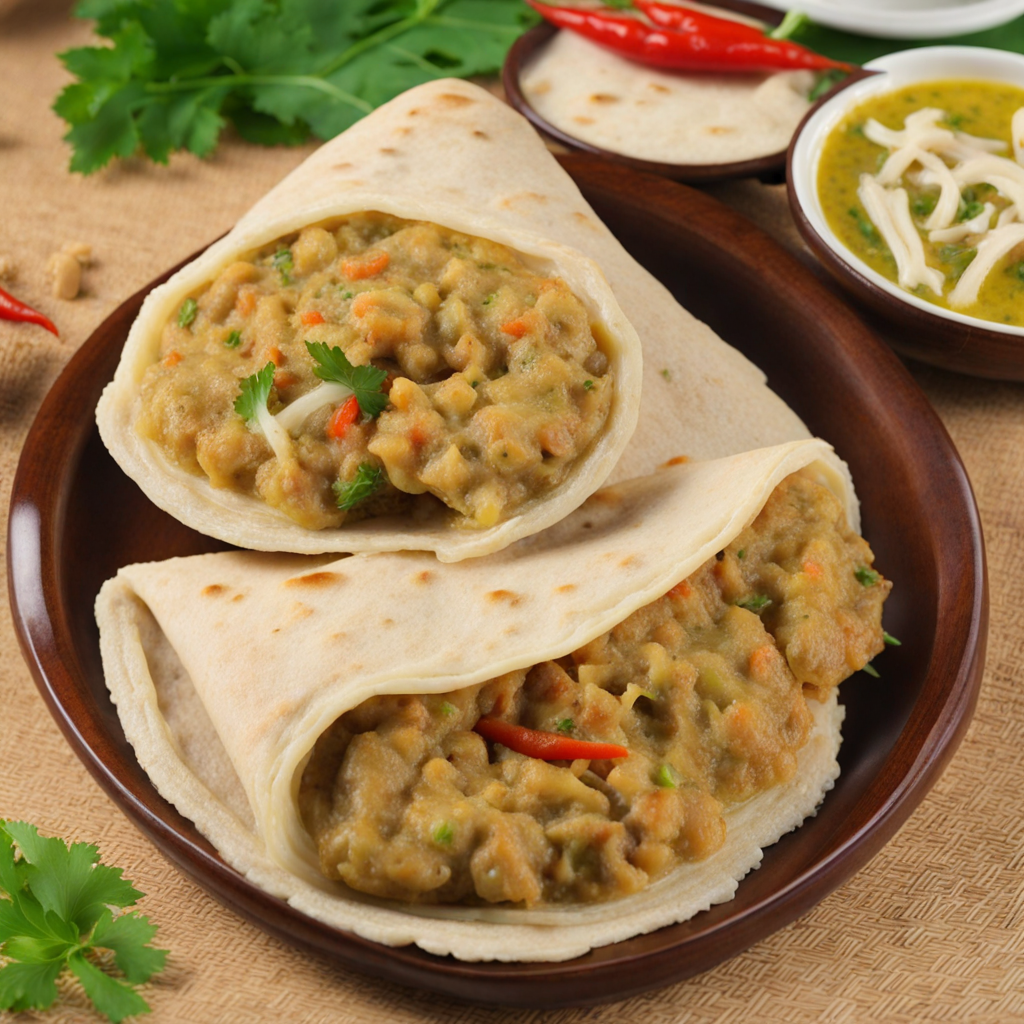Garudhiya
'ގަރުދިޔާ' (Garudhiya) is a traditional Maldivian dish that showcases the rich flavors and culinary heritage of the Maldives. It is a fish soup, primarily made with fresh tuna, which is a staple in Maldivian cuisine. The dish is a reflection of the island nation’s reliance on the surrounding Indian Ocean for its seafood and the simple yet profound ways in which these ingredients are prepared and enjoyed. The history of Garudhiya can be traced back to the ancient fishing traditions of the Maldives. Fishing has long been the cornerstone of the Maldivian economy and lifestyle, with tuna being caught using traditional methods like pole-and-line fishing. The dish embodies the local culture, emphasizing the importance of fresh, sustainable ingredients. Over time, Garudhiya has evolved from a basic sustenance meal to a beloved dish that is enjoyed by locals and visitors alike, often served during gatherings and special occasions. Preparation of Garudhiya is relatively straightforward, highlighting the freshness of its ingredients. The key component is fresh skipjack tuna, which is simmered in water along with a variety of spices to create a flavorful broth. The fish is typically boiled until tender, allowing it to naturally infuse the broth with its essence. The soup is seasoned with a blend of local spices, including salt and sometimes a hint of chili, to enhance the overall flavor profile. Unlike many other soups, Garudhiya is not overly spiced,
How It Became This Dish
The History of ގަރުދިޔާ (Garudhiya) from the Maldives #### Origins Garudhiya, a traditional Maldivian dish, is a fragrant fish broth that embodies the essence of the Maldives' rich marine resources and culinary heritage. The origins of Garudhiya can be traced back to the early inhabitants of the Maldives, who relied heavily on the ocean for sustenance. The Maldives, an archipelago consisting of 26 atolls in the Indian Ocean, has always been characterized by its abundant marine biodiversity, making fish a staple in the local diet. The name "Garudhiya" is derived from the Maldivian word "Garudhi," which refers to a type of thin, clear soup or broth. Traditionally, Garudhiya is made with fresh tuna, particularly skipjack or yellowfin, which is abundant in Maldivian waters. The preparation method is simple yet deeply rooted in the culture of the islands. The fish is boiled with water, seasoned with salt, and often accompanied by a variety of aromatic herbs and spices such as curry leaves, pandan leaves, and sometimes a hint of lime or coconut for added flavor. #### Cultural Significance Garudhiya is more than just a dish; it is a cultural symbol of Maldivian identity. The Maldives’ culinary practices are closely tied to its geography, and Garudhiya reflects the islanders' relationship with the sea. This dish is often served with rice, lime, and a spicy condiment known as “sambol” made from grated coconut, chili, and onion, which emphasizes the importance of communal dining in Maldivian culture. In Maldivian households, Garudhiya is commonly prepared during family gatherings and celebrations, reinforcing its role as a comfort food that evokes nostalgia and togetherness. It is also a staple in everyday life, representing the resourcefulness of the Maldivian people who have historically made use of available ingredients in their environment. The dish’s simplicity and reliance on fresh, local produce highlight the sustainable practices of the islanders, who have long understood the importance of living in harmony with their surroundings. #### Development Over Time The evolution of Garudhiya is reflective of broader changes in Maldivian society and cuisine. In the early days, the dish was primarily a basic fish broth, made using the catch of the day. As fishing techniques and preservation methods improved, particularly with the introduction of refrigeration and modern fishing boats, the accessibility to various fish species expanded. The introduction of new spices and ingredients, influenced by trade with neighboring countries in the Indian Ocean, began to alter the flavor profiles of traditional dishes, including Garudhiya. During the 20th century, with increased tourism and globalization, Garudhiya experienced a renaissance of sorts. As travelers flocked to the Maldives for its pristine beaches and vibrant marine life, local chefs began to innovate traditional recipes to cater to a more diverse palate. This led to the introduction of variations of Garudhiya, incorporating ingredients such as coconut milk or different types of seafood, which appealed to international visitors while still preserving the dish's core essence. Today, Garudhiya is often showcased on menus in resorts and restaurants, where chefs blend traditional techniques with contemporary culinary practices. This adaptation has not only elevated the dish’s status but has also contributed to the preservation of Maldivian culinary traditions in the face of modernization. #### The Contemporary Scene In the modern culinary landscape, Garudhiya continues to hold a significant place in both the homes of Maldivians and the tourist industry. For locals, it remains a cherished family recipe, passed down through generations, often served at home with a sense of pride. The traditional preparation methods are still valued, with many families opting to prepare Garudhiya from scratch, using freshly caught fish. For tourists, Garudhiya offers a unique window into Maldivian culture. Many culinary experiences now include cooking classes where visitors can learn to make Garudhiya, thereby fostering a deeper understanding of the island's food traditions. This engagement not only enriches the culinary tourism experience but also promotes cultural exchange, helping to preserve the authenticity of the dish. The dish has also found its way into social media, with food bloggers and influencers showcasing vibrant images of Garudhiya alongside its accompanying sambol and rice. This digital representation has contributed to a renewed interest in the flavors of the Maldives, encouraging younger generations to explore and embrace their culinary heritage. #### Conclusion Garudhiya is emblematic of Maldivian culture and cuisine, reflecting the islands' deep connection to the sea and the community’s culinary practices. Its evolution from a simple fish broth to a celebrated dish on both local and international stages speaks to the resilience and adaptability of Maldivian food traditions. As the Maldives continues to navigate the challenges of modernization and globalization, Garudhiya stands as a testament to the importance of preserving culinary heritage while embracing innovation. For both locals and visitors alike, Garudhiya is more than just a meal; it is a story of survival, community, and identity, deeply intertwined with the rhythms of life in the Maldives. Whether enjoyed at a family gathering or savored in a resort overlooking the turquoise waters, the experience of Garudhiya is a delicious journey through the history, culture, and flavors of the Maldives.
You may like
Discover local flavors from Maldives


